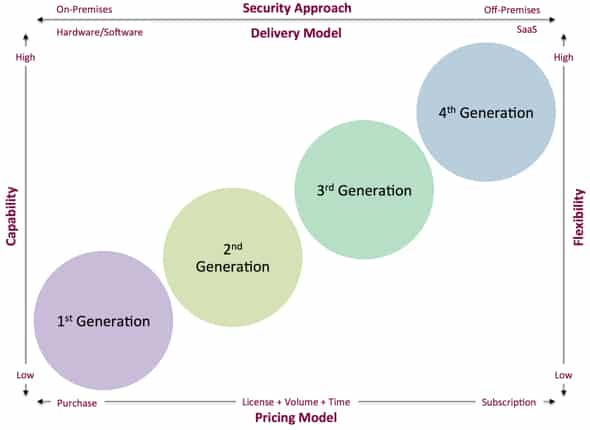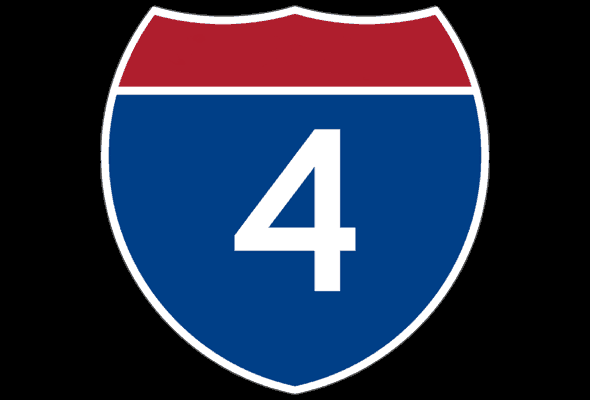|
|
ARCHIVED CONTENT
You are viewing ARCHIVED CONTENT released online between 1 April 2010 and 24 August 2018 or content that has been selectively archived and is no longer active. Content in this archive is NOT UPDATED, and links may not function.Author’s Note: Expanding on the original article, Considering Third Generation Discovery? Two Approaches for Evaluating eDiscovery Offerings1, this update comprehends the expansion of design focus, capabilities, and flexibility for eDiscovery technology offerings since 2009. This is part two of a two-part update. Click here for part one.
Beyond Design Focus, Integration, and Automation
In looking beyond an offering’s general design focus, integration, and automation, it is important to understand specific technology differentiation in order to truly compare offerings. While there are many ways to compare and contrast specific offerings, the following questions pertaining to a technology offering’s capability, flexibility, delivery method, pricing model, and security approach may be helpful in understanding offering differences.
What are a technology offering’s capabilities?2
Does the offering help address planning requirements for eDiscovery?
- Legal Hold Readiness
- Triggering Event Management
- Legal Hold Process
- Information Governance
- Litigation Readiness
Does the offering help address preservation requirements for eDiscovery?
- Identification
- Preservation
- Collection
- Hold Notices
- Interviews
Does the offering help address preparation requirements for eDiscovery?
- Filtering
- Converting
- Processing
- Cooperating
Does the offering help address review requirements for eDiscovery?
- Review
- Analysis
- Culling
- Computer-Assisted Review
- Protections
Does the offering help address sharing requirements for eDiscovery?
- Disclosure
- Form of Forms
- Presentation
- Production
- Evidence
How flexible is the technology offering in integrating and automating eDiscovery tasks?
- Does the offering support task integration within a single platform?
- Does the offering support task to task automation within a single platform?
- Does the offering support task integration with other eDiscovery offerings?
- Does the offering support task to task automation with other eDiscovery offerings?
What is the technology offering’s delivery model?
- Is the offering delivered as software for installation on organizational hardware?
- Is the offering delivered as an appliance (hardware/software/firmware?
- Is the offering delivered as Software as a Service (SaaS)?
- Is the offering delivered as a managed service?
What is the technology offering’s pricing model?
- Does the offering require purchasing of hardware, software, and/or an appliance?
- Does the offering require payment for licensing and/or maintenance?
- Does the offering require payment for usage via a subscription?
- Does the offering require payment for usage by users, time, and volume?
What is the technology offering’s security approach?
- Is the offering deployed and maintained on-premises?
- Is the offering deployed and maintained off-premises as part of the public cloud?
- Is the offering deployed and maintained off-premises as part of a private cloud?
- Is the offering deployed and maintained off-premises as part of a protected cloud ( a hybrid of public and private cloud approaches)?
Taking the understanding of an offering developed through consideration of the previous questions, one can then begin to compare and contrast eDiscovery technology offerings through the use of a simple generation model of eDiscovery Classification.
Tying It All Together: The Generational Model of eDiscovery Technology Offerings
In looking at a technology offering’s design focus, integration approach, automation approach as well as being able to determine the offering’s capability, flexibility, delivery model, pricing model, and security approach, one can visually compare and contrast different technology offerings using the Generational Model of eDiscovery Technology Offering Classification (Figure 3).

Figure 3 – Generational Model of eDiscovery Technology
This model portrays in a general fashion where most generational offerings fall in relation to capability, flexibility, delivery method, affordability, and security.
Hopefully, with the considerations provided in the complete offering and generational model approaches shared in this two-part update, legal and information technology professionals will have some new and useful tools they can use as they seek to consider and compare eDiscovery technologies.
Click here for part one of this two-part update.
—
1 Robinson, W. R. (2009). Considering Third Generation eDiscovery? Two Approaches for Evaluating eDiscovery Offerings. Austin, TX: Orange Legal Technologies.
2 A Basic eDiscovery Framework: One Way To Align Three Differing Approaches. (2012, November 30). Retrieved from http://www.complexdiscovery.com/info/2012/11/30/a-basic-ediscovery-framework-one-way-to-align-three-differing-approaches/






















